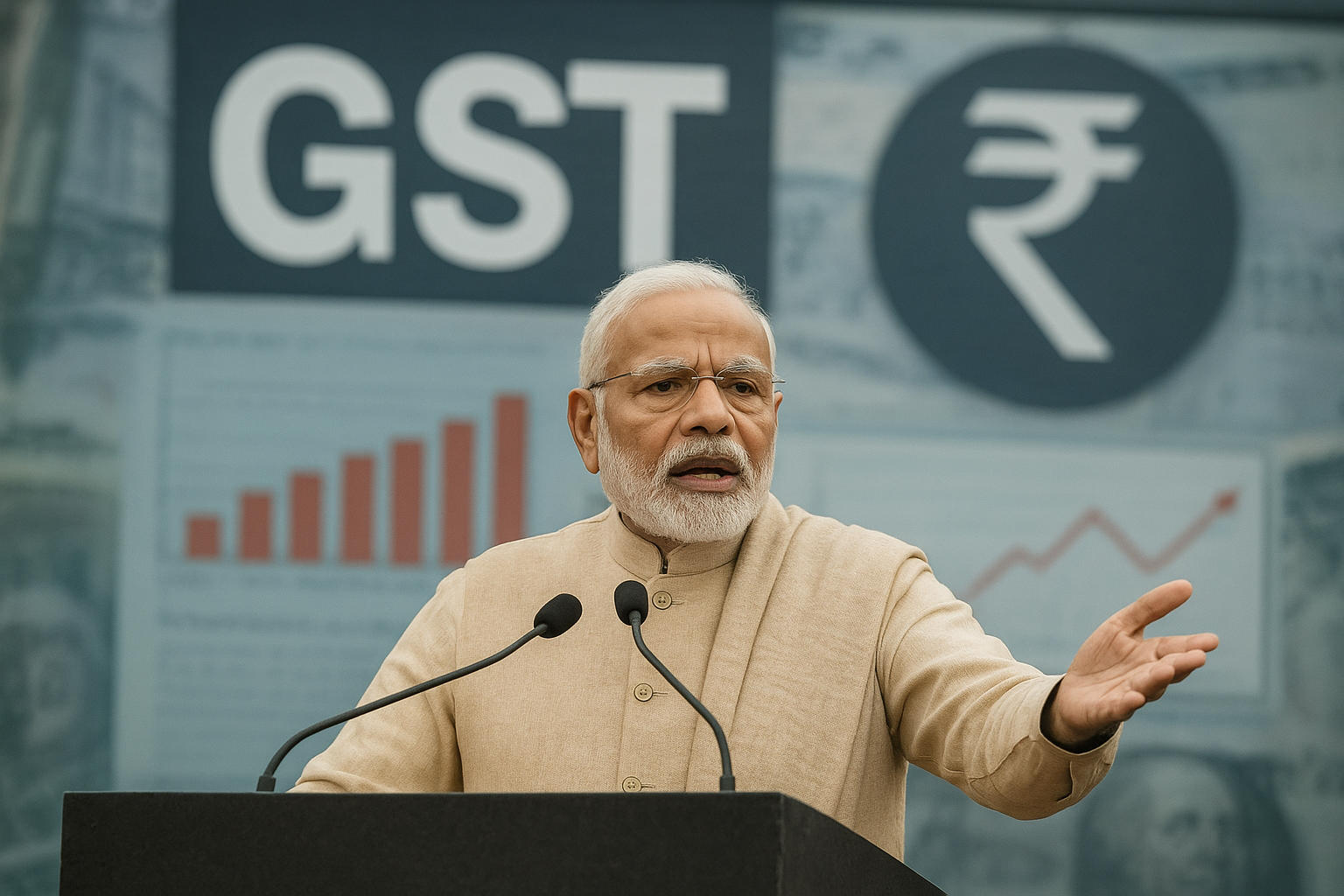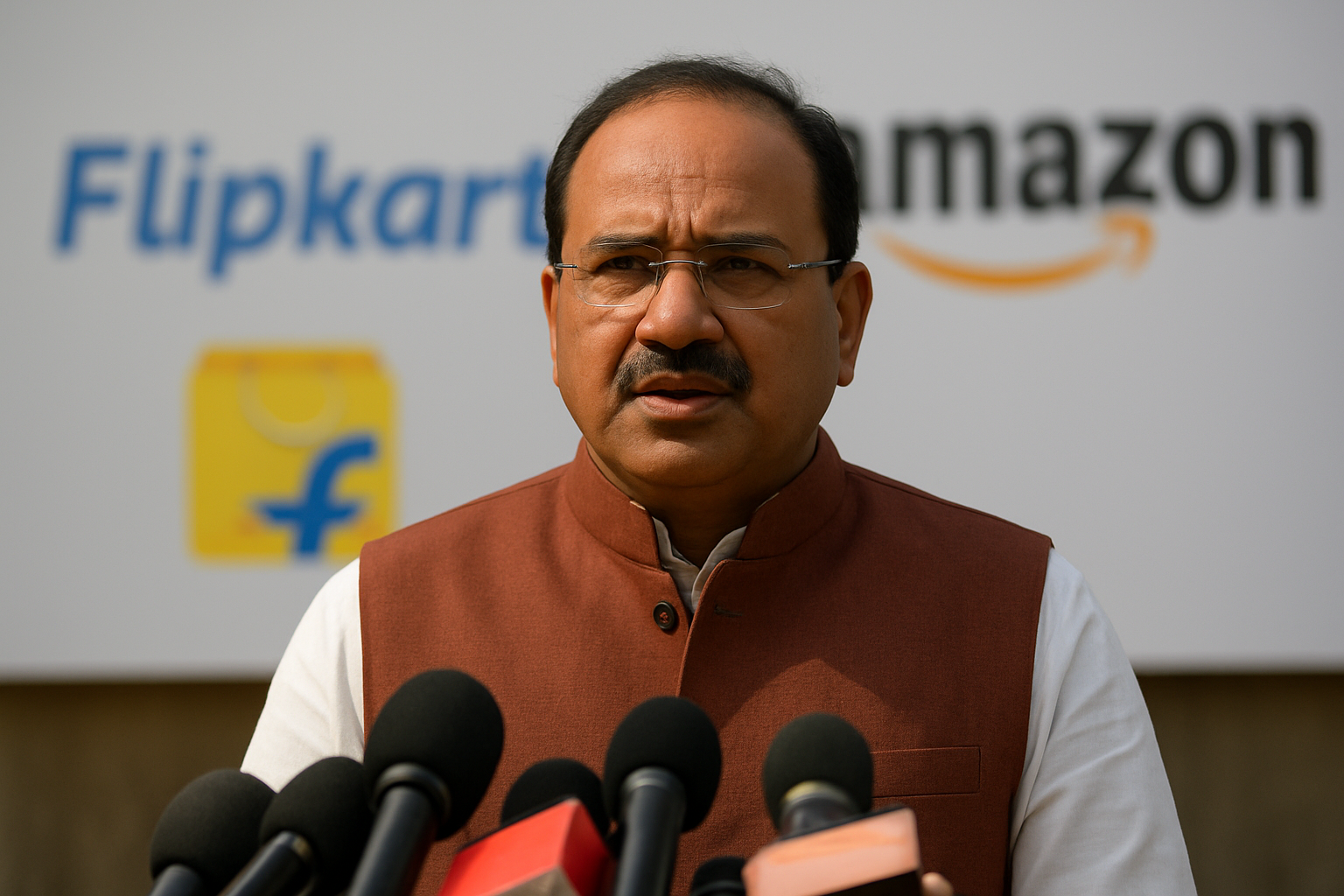Introduction
India’s new Goods and Services Tax (GST) rates officially came into effect on Sunday, with Prime Minister Narendra Modi calling the move a “savings festival” for common citizens. The revised tax slabs are aimed at reducing costs on essential goods while maintaining revenue balance for the government.
Background on GST Changes
The GST system, introduced in 2017, was designed to unify India’s indirect tax structure. Over the years, demands grew for rationalization to make essential goods more affordable and support economic growth. This latest revision, announced earlier this month, marks one of the biggest reshuffles in recent years.
Key Updates in GST Rates
The new GST rates bring relief for households and consumers. Key highlights include:
- Zero tax on items like unbranded food grains and essentials.
- 5% GST on packaged foods such as flour, rice, and curd.
- 12% GST on select household appliances to make durable goods more accessible.
- 18% GST continues on luxury and non-essential items.
Prime Minister Modi framed the revision as a move to ease inflationary pressures and boost consumer sentiment.
Expert Insights
Tax experts suggest the revisions will benefit low and middle-income households by reducing their monthly expenses. However, some analysts caution that the changes may temporarily impact government revenue, though long-term benefits are expected through higher consumption.
Why It Matters
For millions of Indian households, lower GST on everyday goods means more savings in their monthly budgets. Economists believe this could also encourage spending in other sectors, potentially boosting economic growth. Businesses, especially in FMCG and retail, are also likely to benefit from increased demand.
What’s Next
The government is expected to closely monitor the impact of these GST revisions on inflation and revenue. More adjustments may follow based on industry feedback and consumer response. States will also play a key role in ensuring smooth implementation.
Conclusion
The GST rate cuts are being projected as a people-centric reform, with the government framing it as a festival of savings. While challenges remain, the move could prove pivotal in easing household financial pressure and stimulating broader economic activity.


